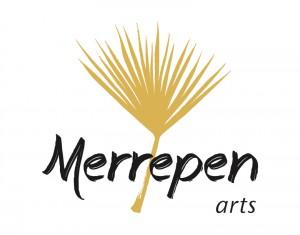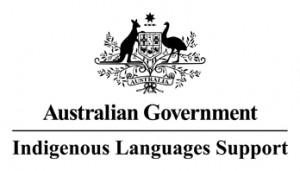In some languages we find that nouns belong to classes in terms of some broad meaning that they share, and their membership in a noun class is evident because of some shared grammatical behaviour. In Ngan’gi we find such a system of noun classes, and they primarily show up through a system of prefixes that attach to nouns. In the sets below, for example, you can see animal names and plant names each with a distinctive prefix;
| Animal names |
Plant names |
| a-tyalmerr |
barramundi |
mi-damuy |
seed |
| a-niyen |
sand frog |
mi-dirwi |
green plum |
| a-fungi |
mosquito |
mi-furra |
fig |
| a-dawurr |
butcher bird |
mi-meli |
purple plum |
| a-dany |
bull shark |
mi-mukun |
bush tomato |
| a-ngandirr |
corella |
mi-ngugurr |
tamarind |
There are 9 such prefixes in Ngan’gi, and what makes them interesting is that in addition to attaching to nouns, they also attach to other words in a phrase. So in the examples below you can see adjectives like ‘big’, and ‘bad’, demonstratives like ‘this’ and ‘that’, and numerals like ‘three’, all also carrying the same prefix that attaches to the noun they modify.
61) wa-yedi wa-kinyi wa-lenggirr
M-man M-this M-bad
this bad man
62) a-matyi a-kerre a-wuni
Anim-kangaroo Anim-big Anim-that
that big kangaroo
63) mi-meli mi-kinyi mi-warrakma mi-ngayi
Veg-purple plum Veg-this Veg-three Veg-mine
these three purple plums of mine
This process of taking the class prefix on the noun and repeating it on other words is what linguists call ‘agreement’. Where Ngan’gi gets even more interesting is that agreement of this type also crops up with a small number of generic nouns that are free words rather than prefixes. In the example below you can see the generic word syiri which stands for all striking weapons and we gloss as ‘striker’, appearing as a free word before the noun kunyunggun ’boomerang’, and also repeated in agreement before the word kinyi ’this’.
64) Syiri kunyungun syiri kinyi ngunyi ta merrendi!
Strike boomerang Strike this 1sgSSlash2sgO hit WARN
(Look out or) I’ll hit you with this boomerang!
If we take this property of agreement as being definitive of what makes a noun class, then we find that the Ngan’gi noun class system consists of about 16 classes, as in this table.
Table: Noun class prefixes and generic nouns in Ngan’gi
| |
Noun class |
Free generic word |
Prefix form |
| 1 |
female |
|
wur- |
| 2 |
male |
|
wa- |
| 3 |
group |
|
awa- |
| 4 |
bodyparts |
|
de-/da- |
| 5 |
animal |
gagu |
a- |
| 6 |
vegetable |
miyi |
mi- |
| 7 |
canines |
wuwu |
wu- |
| 8 |
tree/thing |
yewirr/yawurr |
yerr- |
| 9 |
bamboo spears |
yawul |
yeli- |
| 10 |
fire |
yenggi |
|
| 11 |
language |
ngan’gi |
|
| 12 |
strikers |
syiri |
|
| 13 |
canegrass spears |
kurum |
|
| 14 |
drinks |
kuri/kuru |
|
| 15 |
woomeras |
tyin |
|
| 16 |
grass |
wurr |
|
One of the ways in which noun class is relevant to this dictionary, is that some nouns can take more than a single noun class prefix. For example we find pairs of animals and plants based on the same root, eg.
| a-werrmisye |
fresh water crocodile |
a-furra |
freshwater mussel |
| mi-werrmisye |
red plum |
mi-furra |
fig, Ficus scobina |
We also find nouns referring to certain human lifestages, or conditions which co-occur with both the ‘male’ and ‘female’ noun class prefixes, eg.
| wur-nugumang |
female orphan |
wur-mulurru |
female cripple |
| wa-nugumang |
male orphan |
wa-mulurru |
male cripple |
Throughout the dictionary you’ll find that we have included information about these kinds of derivations. If for example, you look up mulurru ’cripple’, it will include reference to ‘Derivations: wamulurru, wurmulurru’. For some of the most common derivations, we have also included the prefixed form as a headword. So, sticking with mulurru as our example, the dictionary also includes under ‘w’ listings for both wamulurru and wurmulurru. Noun class is a fascinating aspect of Ngan’gi, and raises on many interesting questions – such as ‘What do freshwater crocodiles and red plums have in common?’.
More depth? If you’d like to know more there is a detailed linguistic treatment of Ngan’gi noun class in:
Reid, N.J. 1997. Class and Classifier in Ngan'gityemerri. In Harvey, M. & N. Reid (eds) Nominal Classification in Aboriginal Australia. Amsterdam: John Benjamins.


